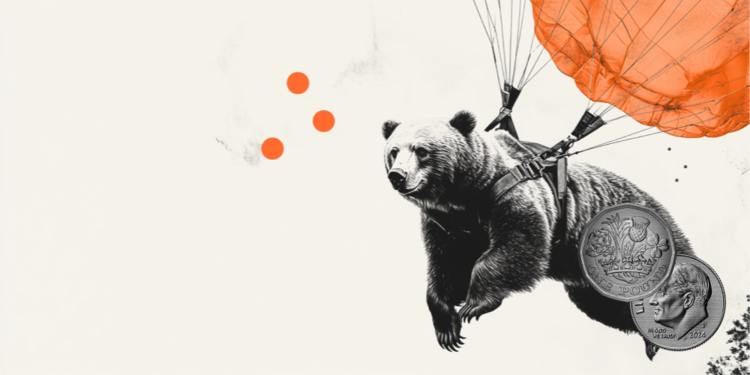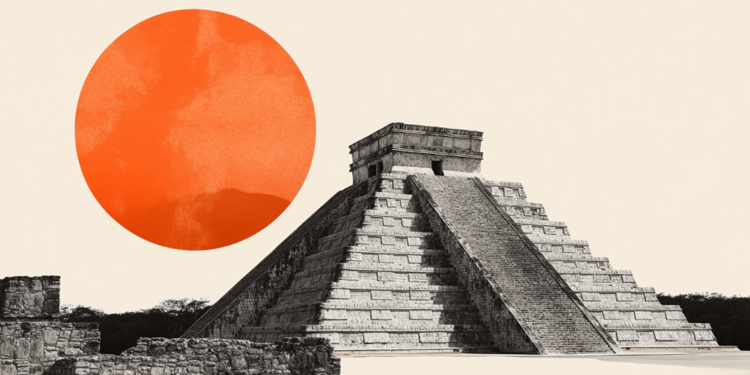French European Affairs Minister Clement Beaune said a summit between the US and Russian presidents “will not take place before Thursday”. The comments were made to French broadcaster LCI on Monday (21).
Russian Foreign Minister Sergey Lavrov is due to speak with his French counterpart Jean-Yves Le Drian today and with US Secretary of State Anthony Blinken on Thursday.
Beaune described these meetings as “preparatory meetings” for a summit between the two presidents. “Let’s see the situation” after those discussions, he said. Russian and US leaders agreed in principle to a bilateral meeting to discuss tensions over Ukraine, following calls with French President Emmanuel Macron, including three hours of discussion with Putin, according to Beaune. by Macron, he said.
On Monday, US President Joe Biden and the President of Russia agreed in principle to hold a summit on the crisis in Ukraine.
What is the situation at the border?
More than 150,000 Russian troops surround Ukraine like a horseshoe on three sides, according to estimates by US and Ukrainian intelligence officials. The White House has repeatedly warned that Putin could launch a full-scale invasion of Ukraine at any time.
On February 15, Putin stated that he was returning some troops back to base after completing exercises and was open to a diplomatic route out of the impasse. But the statement was met with frustration, as the US claimed that Russia was quietly mobilizing troops.
NATO (North Atlantic Treaty Organization) has increased the readiness of its rapid response force, as member countries place troops on standby and send battalions, planes and ships to the region. The US has ordered 3,000 troops to be sent to Poland, bringing the total number of reinforcements sent to Europe in recent weeks to around 5,000. The country has said it has no intention of sending troops to Ukraine, which is not a member of NATO.
Biden and European leaders warned that Russia would face serious consequences, including sanctions, if Putin went ahead with an invasion. But that hasn’t stopped Russia from continuing to strengthen its military positions. In late 2021 and early 2022, satellite imagery revealed new Russian deployments of troops, tanks, artillery and other equipment appearing in several locations, including near eastern Ukraine, Crimea and Belarus, where their forces were participating in joint exercises with Moscow’s closest international ally.
Despite receiving funding, training and equipment from the US and other NATO member states, experts say Ukraine would be significantly overtaken by Russia’s armed forces, which were modernized under Putin’s leadership. If an all-out war breaks out between the two countries, tens of thousands of civilians could die and up to 5 million people could become refugees.
What does Putin want?
Putin has managed to build up pressure on the West for months without ever firing a shot or driving a tank across his border into Ukraine.
Moscow has been accused of engaging in hybrid warfare against Ukraine, using cyberattacks, economic pressure and propaganda to heighten tensions. The Kremlin’s intentions remained largely a mystery. Putin made clear, though, is that he sees NATO’s eastward expansion as an existential threat to Russia.
In December, Putin presented the US and NATO with a list of security requirements. Chief among them is the assurance that Ukraine will never join NATO and that the alliance will reduce its military presence in eastern and central Europe – proposals that the US and its allies have repeatedly said are not initial.
High-level talks between the West and Russia ended in January without any progress. The standoff has left European leaders embroiled in a frenzy of diplomacy, exploring whether a negotiation channel established between France, Germany, Russia and Ukraine to resolve the conflict in eastern Ukraine — known as the Normandy Format negotiations — could provide a way forward. to calm the current crisis.
At a press conference with new German Chancellor Olaf Scholz on February 16, Putin repeated baseless claims that Ukraine is carrying out a “genocide” of Russian-speaking people in the Donbas region and called for the conflict to be resolved through the progress of peace in Minsk. echoing similar rhetoric that was used as a pretext to annex Crimea.
Moscow and Kiev remain at odds over key elements of the 2015 peace deal. Ukrainian President Volodymyr Zelensky recently said he doesn’t like anything about the Minsk accords, which call for dialogue on local elections in two Russian-backed breakaway regions in east of the country and – although it is unclear in what sequence – would also restore the Ukrainian government’s control over its eastern borders. Critics say the deal could give Moscow undue influence over Ukrainian politics.
Putin responded in blunt terms, saying that regardless of whether Zelensky likes the plan, it must be implemented. “Like it or not, it’s your duty,” Putin told a news conference alongside French President Emmanuel Macron. Zelensky, a former comedian and TV star, won the 2019 election with a landslide on promises to end the war in Donbas, but little has changed.
What is Ukraine’s position?
President Zelensky has repeatedly downplayed the danger of a Russian invasion, noting that the threat has been around for years and hasn’t gotten any bigger in recent months. It’s a similar mood in Kiev, where Ukrainians continued to carry out their daily business despite international warnings and foreign governments pulling their diplomatic staff out of the capital.
Ukraine’s government has insisted that Moscow cannot prevent Kiev from building closer ties with NATO, or interfering in its domestic or foreign policy. “Russia cannot prevent Ukraine from approaching NATO and does not have the right to have a say in relevant discussions,” the Foreign Ministry said in a note to the press. CNN.
Tensions between the two countries have been exacerbated by the deepening Ukrainian energy crisis that Kiev believes Moscow has deliberately provoked. Ukraine views the controversial Nord Stream 2 pipeline – which connects Russian gas supplies directly to Germany – as a threat to its own security.
Nord Stream 2 is one of two pipelines that Russia has laid on the waterbed in the Baltic Sea, in addition to its traditional onshore pipeline network that runs through Eastern Europe, including Ukraine. Kiev sees the pipelines in Ukraine as an element of protection against an invasion by Russia, as any military action could interrupt the vital flow of gas to Europe.
It’s just one of countless challenges facing Zelensky’s government. The former actor, who played a president on Ukrainian television, has had a brutal baptism of fire in real-world politics since taking office in 2019.
His administration’s popularity has stagnated amid a number of domestic political challenges, including a recent third wave of Covid-19 infections and a struggling economy.
Many Ukrainians are unhappy that the government has failed to deliver on promises that brought it to power, including cracking down on corruption in the country’s judicial system. But the most pressing concern is Zelensky’s failure so far to bring peace to the east of the country.
Amid warnings from Western leaders of a Russian invasion “any day”, the Ukrainian president declared February 16 as National Unity Day, insisting that Ukraine was not intimidated by “any enemy” and would be able to “defend itself”. ”.
Source: CNN Brasil
I’m James Harper, a highly experienced and accomplished news writer for World Stock Market. I have been writing in the Politics section of the website for over five years, providing readers with up-to-date and insightful information about current events in politics. My work is widely read and respected by many industry professionals as well as laymen.





